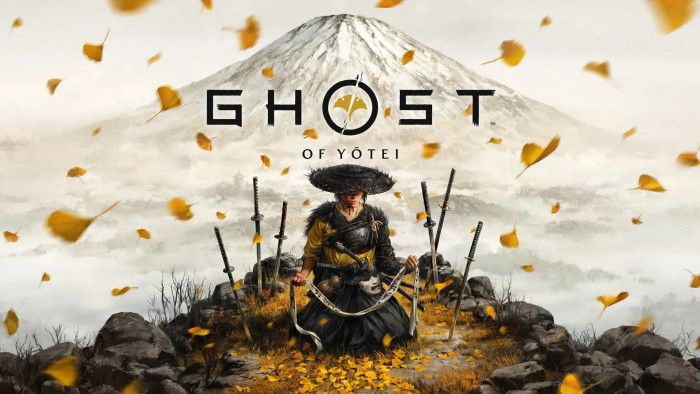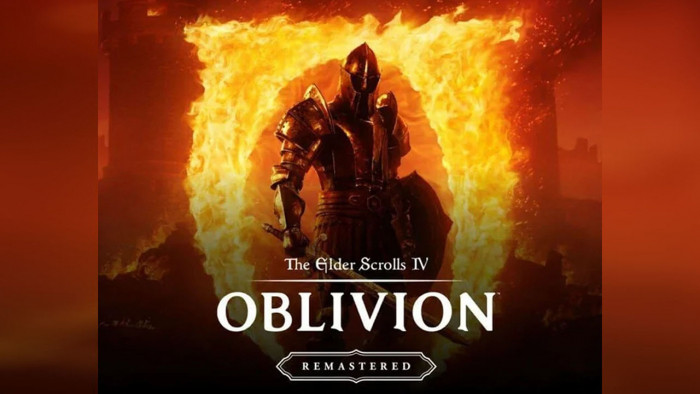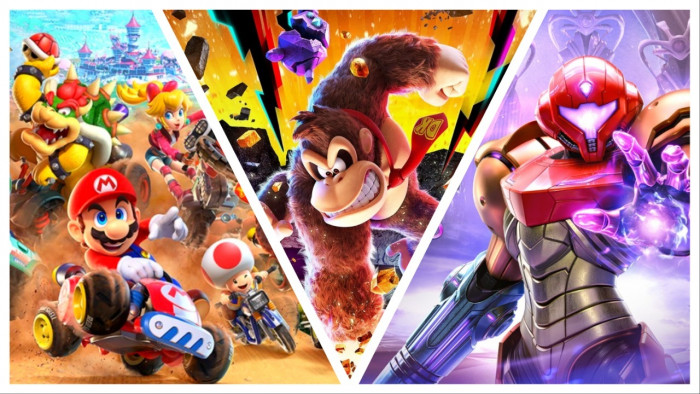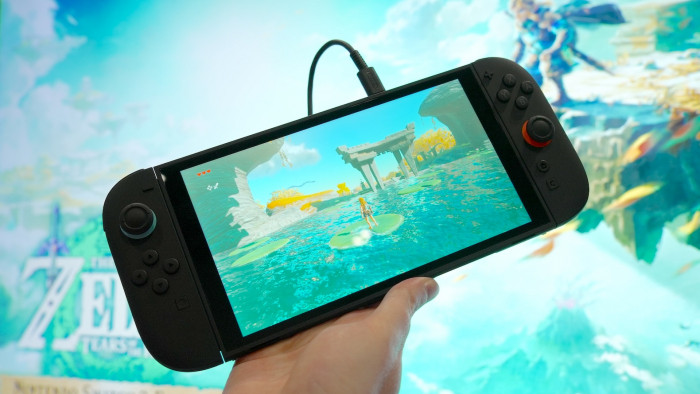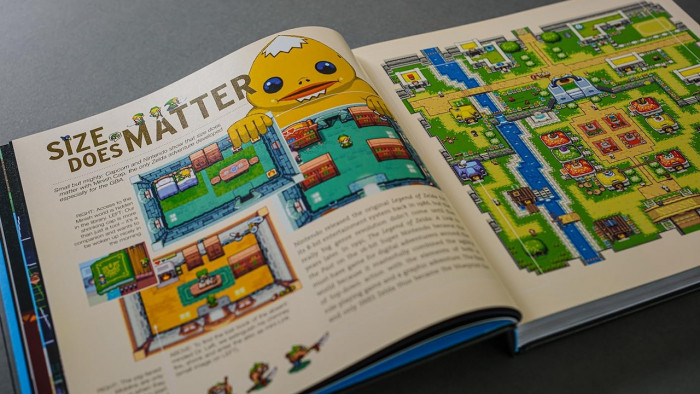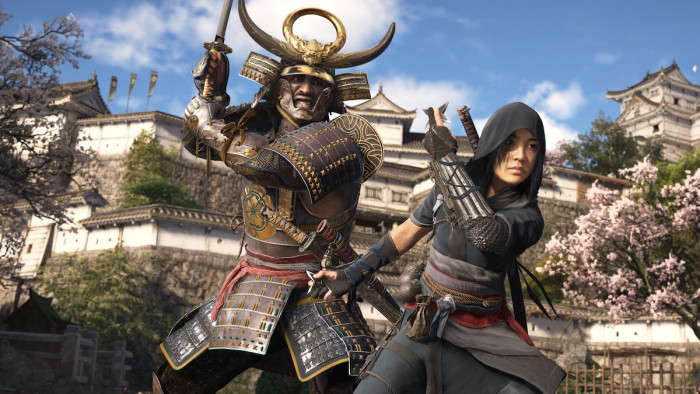Remembering the lost joy of video game demo disks
Buying a magazine used to be the most exciting day of the month


As a child introduced to this world in the ‘90s, I feel was lucky in a number of ways.
I had the Macarena at each and every one of my school discos, Pokemon cards, actual prizes hidden inside boxes of teeth-devouring cereal and virtual pets on a keychain. In those days, Saturday morning TV was good and micro scooters belonged to us, not denim-jacketed graphic designers in Soho.
But the best(ish) thing about ‘90s (and early ‘00s) adolescence – something “kids these days would just never understand” – is that I could walk into a newsagent and pick up a PlayStation magazine with a demo disc stuck to the cover.

When a flaky paper round is your sole source of income and full game purchases were seasonal rather than monthly (as I must confess they tend to be now, joystick junkie that I am), you’d exhaust every scrap of the varied gameplay experiences contained within that disk; samples of what making a concerted effort to save some dosh could eventually reward you with.
Producing a good demo is something of an underrated art form. You have to introduce the basic premise of the game, show off some of its most appealing mechanics and leave the player chomping at the bit to see how the full version builds on those foundations. It has to end abruptly, but stick around long enough to keep you on side. And you’d always forgive a demo clearly exhibiting a game that was still very much a work in progress when you got the thing for what felt like nothing.
Off the top of my head, I can recall some tremendous examples. The demo for the original Metal Gear Solid was crazily generous in comparison to some of its peers, offering up a sizeable chunk of the legendary stealth game’s opening. It had everything you needed from a taster of 3D MGS: plenty of guards to either ghost straight past or knock to the ground, air vents to crawl through, excessively long cutscenes – the lot. And it concluded in dramatic fashion with the sudden death of DARPA chief Anderson in his prison cell. After that, the game was irresistible. Job done.

Another exemplar was the Tony Hawk’s Pro Skater 2 demo, which allowed creative types to play around with the comprehensive park editor mode, essentially allowing for a fresh experience every day with one of the greatest sports games of all time – and all for free. Demos are very often tightly curated experiences, but here Neversoft wanted players to see one of the game’s headline features before you parted with your cash. And as we know, millions subsequently did.

There are more: Burnout Revenge, Driver, MediEvil, The Simpson’s Game, Just Cause – games from different console generations and stages of my life, sure, but games I distinctly remember playing first on a magazine demo disc. That rush of having an always eclectic collection of inviting quickfire experiences in one place – the gaming equivalent of a mixtape – just doesn’t exist now, particularly as we gradually divorce ourselves from physical media.
There was a time when you could reasonably expect a demo for near enough every high profile title before its release. That has changed.
It’s not that demos have gone away entirely, they’re just nothing like they used to be. The PS4 went on sale way back in 2013, and even now the demo section of the PlayStation Store is noticeably limited in its selection. If a game does receive one, it tends to drop long after the full retail version’s release, by which time anyone who really wanted that game is going to have bought it. It all feels a bit redundant. There are exceptions – notably football games, which nearly always drop pre-launch demos to drum up even more insatiable hype – but compared to the old days it’s a drip feed.

There are myriad reasons for this. Demos cost money to make, so developers need to know it’s worth the outlay. Nowadays pre-order culture is much more prevalent. Often committing to something before release will reward you with a freebie or additional in-game content, so if anything a demo could be detrimental to the game’s sales. If people are already all in, what’s the point?
There’s the fact that so many modern games are endlessly enormous open-world beasts. Selling that scale in a demo is impossible, and developers are better off showcasing anything they want gamers to see in comprehensive trailers.
You also have to consider online services like PlayStation Plus and Xbox Live’s Games with Gold, which gift subscribers entire games – albeit old ones – every month. Similarly, EA Access offers extended trial periods on select titles. The freebie demo doesn’t seem quite as exciting anymore.
But the biggest reason for the disappearance of demos, I think, is the prominence of YouTube and other streaming sites. When you can watch an unremittingly enthusiastic American teenager bash their way through the first few hours of a game on your mobile, there’s no need to rush out and buy a magazine to see what demos it’s bundled with. The internet has removed most of the mystery from pre-release games for all but those who actively make a point of staying away from it.
Weirdly, one of the more memorable gaming experiences I’ve had in the last few years was with a demo. P.T. (short for playable teaser) was a snippet of Hideo Kojima and Guillermo Del Toro’s collaborative horror title, which has since, tragically, been canned.
It was a simply brilliant hour or so of expertly-directed gaming. Don’t get me wrong: the whole thing was so petrifying that I actually had to hand over the controller halfway through my first runthrough, but from an artistic perspective, as a piece of game design, it was a masterpiece.
In P.T. you navigated a single, looping corridor, solving increasingly obtuse puzzles and scanning obsessively for subtle changes to the environment. There were jump scares aplenty, but it was the psychological horror, the claustrophobia and your hyper-awareness of everything in front of you that made it so special. Surely the best demo for a game that never actually existed of all time.
There’s no arguing that people who play video games have never been so spoilt for choice. Whether it’s a big-budget, shooty bang bang blockbuster or an unusual indie, there’s something for every taste. We have downloadable content, multiple endings, New Game Plus. The cost of entry is growing all the time, but so is the amount of content you’re given in exchange. This doesn’t mean, though, that we can’t feel nostalgic about when everything was a bit simpler. Game demos – particularly those loaded into a collection on a disc – belonged to an era of entertainment where we made the most of everything given to us. Nothing was throwaway.
In this digital-first world we all now inhabit, everything you want is just a click of a button away; it’s very easy to pursue the things you know you like and ignore everything else. Sure, those old demo disks were great for people who prefer to try before they buy, but the best thing about them was that you’d make sure you played everything on there, without question. I’ve never watched a live game of ice hockey in my life (Mighty Ducks aside) but I’d spend hours with the old NHL demos. I was always more Ratchet and Clank than Jak and Daxter, but that doesn’t mean I didn’t put my polygon partisanship to one side if a demo was involved. If it was on the disk, I’d give it a go.
Good times.
[Main image: eBay]
Latest
Related Reviews and Shortlists


